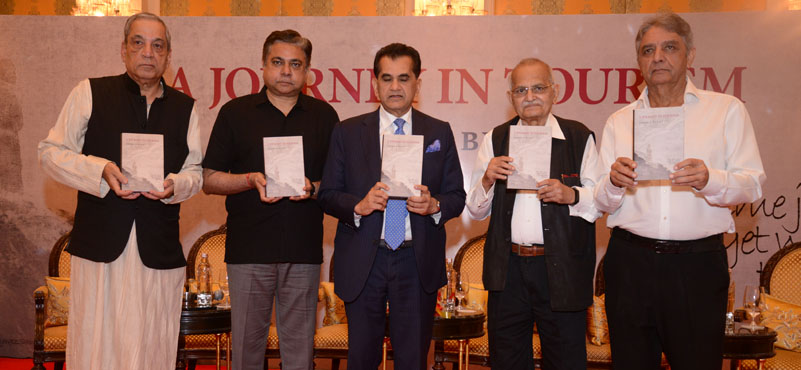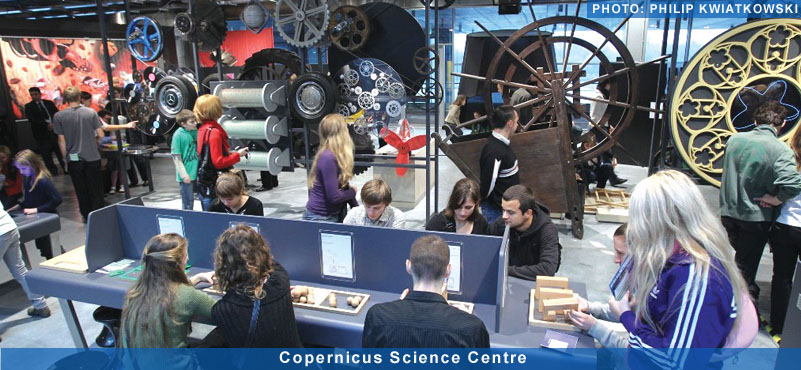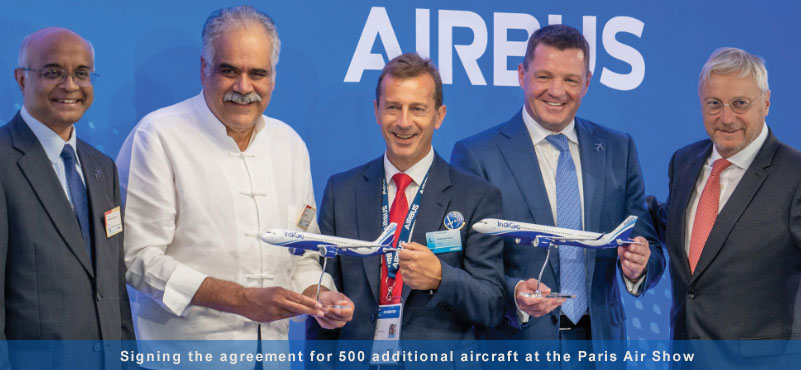As we enter week three of the national lockdown in India, the big question before us is this: How will travel and tourism pan out once the lockdown is partially or fully lifted? Let us take a closer look at the options. My comments here are based upon the premise that Covid 19 is here to stay for some time. While we may want to wish it away, it has the potential to erupt in any place, at any time, warranting a new quarantined area, a new hotspot, with its own protocols. All those engaged with the hospitality industry therefore run the risk of being tested, and even being sent into isolation.
This scenario is on everybody’s mind, and most notably of those associated with the industry, given its vast outlays and investment, the staff on the rolls, with everybody keen to see the ball rolling again, even while the nation remains on edge. How simple or complex will this be once we start opening up the sector – in a staggered manner, as most observers agree. We cannot, and must not, open all at once and fritter away the advantages of this 21-day lockout and any subsequent caveats.
What will be the new guidelines for travel and travellers, for all public places? As we witnessed post 9/11, X-ray machines became the norm, both for baggage as well as people at malls, hotels, not to mention airports where you must be ready, if required, to submit to searches with your clothes off. Full body scanners, though not yet common, are increasingly being accepted. We have learned to live with these, and nobody complains of them anymore. In fact, the converse is possibly true – witnessing strict security systems in practice is reassuring!
Expect new guidelines in place, to ensure social distancing
What are some new guidelines that could come into place post-COVID 19? Social distancing is one big takeaway, and it might be in place for a long time, possibly a very long time, till a vaccine is discovered and even then many might still prefer to stay safe by maintaining a minimum distance in, particularly, public spaces. An elevated sense of hygiene, such as frequent hand-washing, keeping doorknobs and door handles clean, the use of face masks, and – more importantly – having a system of checks and balances in place. This last will ensure that both associates and customers are checked for COVID at all possible times just as routinely as they are frisked and go through X-ray machines for security. Remember, just one slip-up risks an entire area, hotel or sector going into quarantine.
Travel will pick Up sooner, Tourism may Take some Time
As a country, we must open up for safe travel sooner rather than later. Travel, today, is an essential aspect of any society, any economy. Business and the economy require travel, whether by air, road or rail. When out of town, you need accommodation. The nation’s economy moves on wheels and these are your airlines and hotels. Even for a day out, you need to eat and look for some restaurant. In fact, both are essential services, just as much as hospitals. Travel must pick up immediately for the country’s economy to start calibrating any comeback. To my mind, tourism will take longer, anywhere from three to six months given our current situation. Even this may vary from one destination to another. State governments and city administrations can vie with each other in wooing travellers with safe and travel-friendly packages and programs, and NITI Aayog may consider a nation wide grading of cities, that are best performers for creating confidence among travellers.
Start Small, and ensure we don’t have any Regrets
My guess is that both airlines and hotels will be asked to open slowly rather than all at once. Which, indeed, they too would prefer, as demand is likely to remain weak, and boosting confidence in the travelling public may take some time. New protocols will demand a cautious approach – remember, there is no X-ray machine equivalent to clear you of COVID yet. The return to normalcy can be somewhat quickened if both hotels and airlines ensure and assure travellers they will make the customer strictly follow the new norms of behaviour. All such norms, or a new standard operating procedure, must be listed out and advertised – what is the new protocol in place, how likely violators are liable to be prosecuted, elements that must be emphasised and overseen by the government. Private sector security could be empowered to deal with such situations. Any violations based on such entitled attitudes as “Do you know me?” or “Do you know who’s son I am?” must be booked in the first instance and made an example of. Typically, my understanding is that to begin with, in weeks one and two post the opening, you will see a small return to travel, all to do with serious work of whatever nature it be. These would most probably be short duration trips.
The immediate Future for Meetings and Restaurants
Meetings will take a longer time to occur. I do not expect gatherings to be allowed or permitted for at least the first two months. When they do, they need to be phased out to first allow gatherings of 50 people, then, next, perhaps 200 delegates. Nor should we permit any leniency till at least July, and then assuming we are doing well on all given fronts. Meetings industry organizers must ensure guidelines are adhered to, that checks are all in place, as must the venue owners.
Looking at dining out options, hotels could begin by opening one coffee shop, but first ensuring distancing norms by reducing seat covers for every table, and placing tables keeping in mind the need for distancing. I can imagine people queuing to head to the buffet spread keeping a clear six feet from each other. Consumers would need a greater degree of comfort and education – families who live together at home are a different proposition, posing less risk – when meeting other families and friends, or for business. As demand grows, hotels can open other outlets. But it would be best for hotels to start re-laying out their bars, showing they are prepared to observe distancing between guests, and may consider placing a restriction on the number of guests allowed at any one time in a bar.
Stand-alone restaurants can apply for re-opening on the premise they will observe the same norms as those within hotels – social distancing is the key factor. If they are found operating in violation, they can lose their license for six months or more, which means strict penalties must be in place. It will be difficult to supervise all restaurants, their numbers being so many, and therefore educating their owners must be the first principle. The next phase can follow as confidence build up.
Expect Longer Queues at Airports, More check-in Time
At airports, queues will surely become longer, given distancing and other protocols. Check-in time could get extended by another hour or more, sanitisers will be readily available all over (probably the best business to be in right now). Aircraft seating, without anyone occupying the middle seat, will be somewhat reassuring. Airlines will also have to ensure that their staff is well protected.
Initially, till everybody comes to understand and respect protocol guidelines, it will be better to start small. Remember, one setback, and the game gets tougher and we may have to restart all over again. The media will hound you, so will the opposition and so-called activists who believe they are the guardians of all things for everybody. Remember the early days of privatisation in civil aviation when you could enjoy a drink on board domestic flights – till a drunk passenger on one flight, a misdirected fashion show on another, upset the apple cart leading to a withdrawal of the facility. So much so, no one even talks about it anymore.
I am not expecting the spa business and pools to open in the first phase, and this can wait. These are less important issues to tackle.
International travel, whether inbound or outbound, will begin, and increase, depending on WHO statistics and our perception of which are safe countries with whom we can resume connections. After all, the same aircraft that brings passengers in, will also take them out. But new protocols are yet to be framed and may take some time. Earlier, we had given Fifth and Sixth freedom rights to airlines, which meant an airline could not bring customers from other countries apart from point-to-point they were serving. Some of this may be re-imposed, as some countries may be slower in catching up till perceptions and ground realities change. Countries will naturally be reluctant to import more COVID problems, having enough of their own to tackle.
Domestic Travel is the Big Bet but may be Slow to begin with
Domestic holiday travel and tourism will depend upon individual destination appeal, based on perceptions of safety and free of COVID infections. With states closing their boundaries, blocking the national and state highways between each other, we will have to watch and wait and see how neighboring destinations report the occurrence as we go along. It is possible we will see apartheid between destinations, or states – who would like to encourage visitors from a possible COVID hotspots. Responsible media reporting and earliest administration responses will hold importance.
We must be ready for a long haul for the travel, hospitality and civil aviation industry. It’s going to be a battle of nerves introducing the new norms, handling unruly customers, keeping bottom lines in check, staggering out openings, as business grows and resumes its normal course. Far better to start small but remain steady to a common cause. This way, we will serve not only the travelling public but also the economy and the nation. As growth and confidence follow, we can hope for the final phase of Operation Reassurance.




































